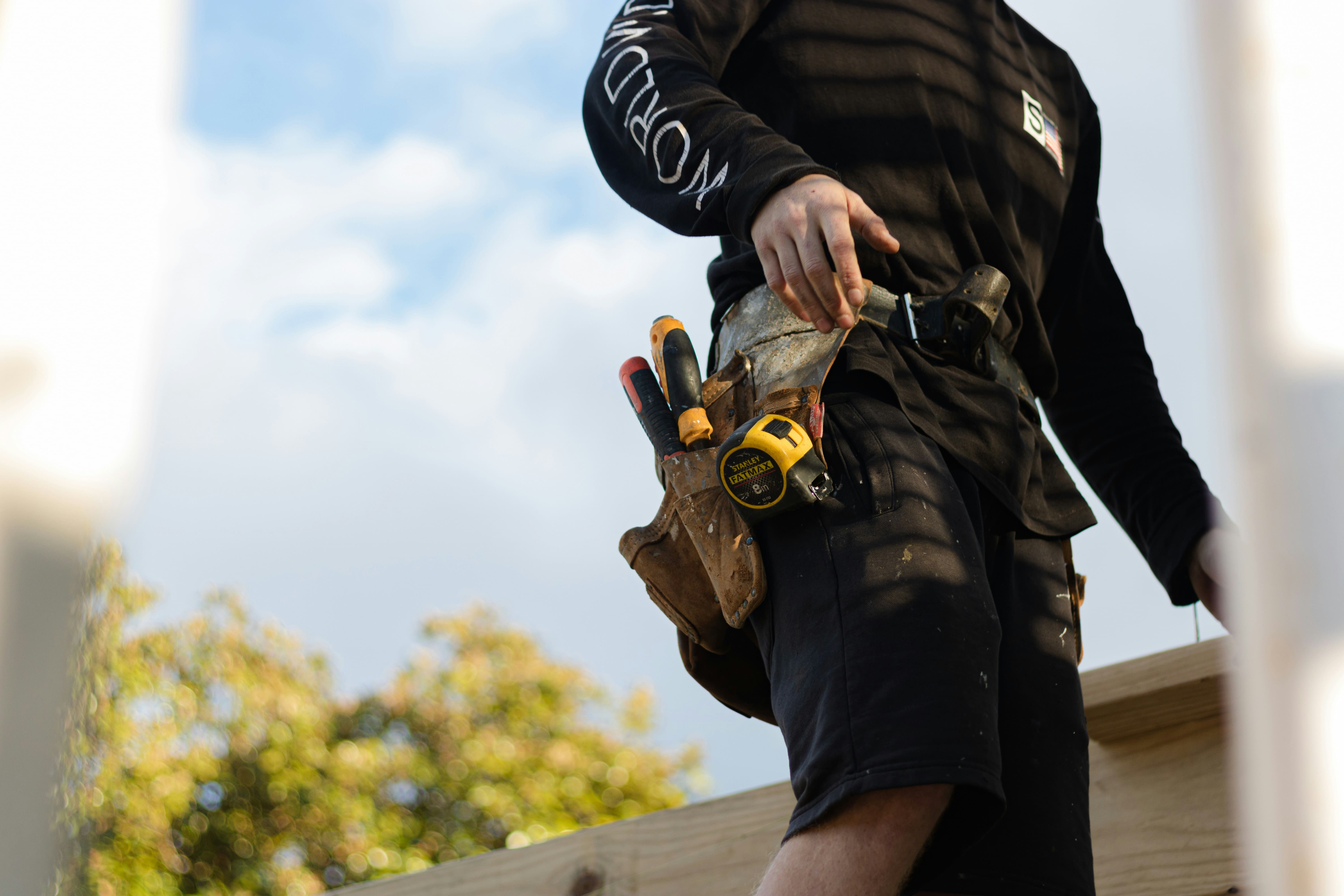At any fair or congress, stand assembly and dismantling isn´t just about logistics: it's a key part of the experience where every step counts. From installation to abandoning the premises, the objective is clear: guaranteeing professional, safe, and efficient results.
To reach this objective, it's essential to understand that a stand isn´t limited to its design or aesthetics, but also about how it's assembled and dismantled, ensuring no loose ends or damaged materials along the way."
Everything starts with good planning
Optimizing the assembly process starts before even getting to the convention center. Detailed planning allows time planning, coordinating teams, managing access, and ensuring everything is aligned with convention center rules and the organizers' needs.
Knowing the spaces, floorplan, and deciding what goes first and what goes at the end, are actions that seem basic, avoid last-minute problems, and reduce execution times.
Materials, teams, and timing
Efficiency in the assembly process also depends on the materials that are used. Using modular systems, fast assembly solutions, and lightweight materials makes the process agile without giving up structural integrity or the stand's visual impact.
Also, the experience of the team is a key factor in the assembly process. It's not just about “doing it quickly” but about being precise, knowledgeable,able, and the ability to react to any unexpected problems.
The results are much more agile and precise when the design considers aspects like assembly, materials or the mounting timeline.
This way of working usually goes hand in hand with clearly defined technical processes and rigorous control in the production process, like in the STAND CONSTRUCTION, PROCESSES AND QUALITY CONTROL.
Security: a constant priority
Working in an assembly site involves risks that must be controlled. Prevention is essential: proper use of PPE (personal protective equipment), clear signage of work areas, load control, and adherence to specific protocols.
In these processes, SAFETY IN STAND ASSEMBLY is as much a part of the technical execution as any other phase of the project.
Dismantling: efficiency in the closing phase
When the event ends, the job isn´t over yet. The dismantling process requires as much organization and care as the initial assembly process. Doing it without a strategy could translate into losing materials, avoidable damage, and a poor brand image.
Planning this process allows:
- Avoiding damage to reusable structures, like panels, furniture, or printed materials.
- Streamline the removal of human and technical equipment, reducing costs and downtime.
- Adhere to the venue's schedules and regulations regarding waste, timings, and access.
- Preserving materials in good condition for future events also contributes to more sustainable management.
How to execute a Professional Dismantling?
Although each stand has its peculiarities, there is a common logic that tends to be repeated. This is the process that works best:
1. Remove graphic and signage elements. These are the most sensitive and should be stored first.
2. Disconnect and protect the electric equipment and remove furniture before dismantling the stand structure.
3. Dismount the structure in the opposite order as the assembly, taking special care with the connecting pieces.
4. Manage waste efficiently, separating recyclable materials and ensuring that reusable materials are saved for future events.
5. Package each element correctly, protecting it from any bumps or falls during transport.
6. Clean and check the area, leaving the space without any rubbish and making sure nothing is left behind.
Conclusion
An organized assembly and dismantling process is much more than tightening screws and moving boxes. It requires anticipation, designing with purpose, precise coordination, and closing responsibly.
Each phase is part of the experience that is built for the client. Doing a good job doesn't mean just streamlining processes, but it projects an organized, solid, and professional image.






